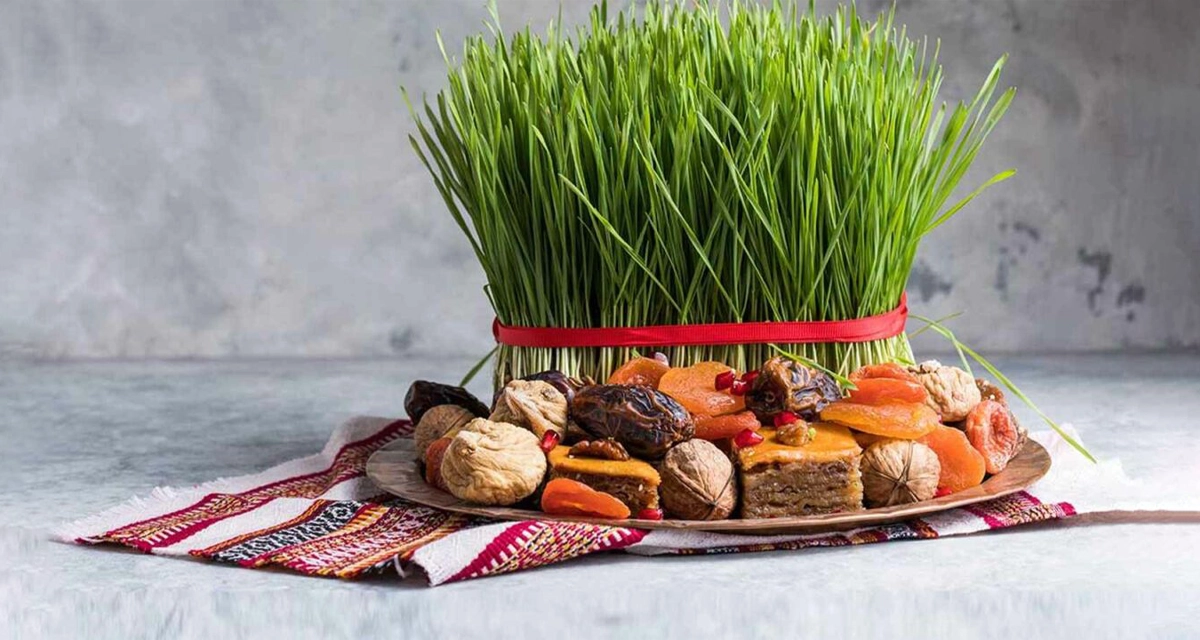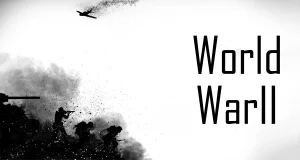Nowruz, the Persian New Year, is a vibrant celebration that marks the arrival of spring and symbolizes renewal, hope, and cultural unity. This ancient tradition has been observed for over 3,000 years and is cherished by millions of people worldwide.
Historical Significance
Origins of Nowruz
The origins of Nowruz can be traced back to ancient Zoroastrian traditions in Persia, present-day Iran. It is believed to have been established by the legendary King Jamshid to celebrate the triumph of light over darkness, symbolizing the arrival of spring and the renewal of nature.
Cultural Importance
Nowruz holds deep cultural significance for communities across the Middle East, Central Asia, and beyond. It is not merely a holiday but a time for reflection, family gatherings, and the honoring of ancestral customs.
Traditional Celebrations
Preparations and Cleaning
Leading up to Nowruz, families engage in a thorough spring cleaning known as “khooneh tekouni,” symbolizing the removal of negativity and the preparation for a fresh start in the new year.
Haft-Seen Table
One of the central customs of Nowruz is the creation of the “Haft-Seen” table, adorned with seven symbolic items starting with the Persian letter “S.” These items represent blessings such as prosperity, health, and fertility.
Fire Jumping
On the eve of Nowruz, many communities participate in the tradition of “Chaharshanbe Suri,” or fire jumping, where people leap over bonfires to symbolize purification and the casting away of misfortune.
Nowruz Around the World
Nowruz in Iran
In Iran, Nowruz is a national holiday celebrated with fervor and joy. Streets are adorned with colorful decorations, and families come together to share traditional meals and exchange gifts.
Nowruz in Central Asia
Central Asian countries like Tajikistan, Uzbekistan, and Afghanistan also embrace Nowruz as a significant cultural event, with customs and traditions that reflect their unique heritage.
Nowruz in Other Countries
Nowruz has transcended borders and is celebrated by diverse communities around the world, including those in North America, Europe, and Australia, where immigrants and diaspora maintain their cultural connections.
Modern Adaptations
Urban Celebrations
In modern times, Nowruz celebrations have evolved to include urban events such as parades, concerts, and street festivals, where communities come together to showcase their cultural heritage.
Nowruz Festivals
Cities like Tehran, Istanbul, and London host Nowruz festivals featuring music, dance, and culinary delights, attracting visitors from different backgrounds to join in the festivities.
Nowruz and Nature
Spring Equinox Connection
The timing of Nowruz coincides with the vernal equinox when day and night are of equal length, symbolizing the balance between light and darkness, life and death.
Symbolism of Renewal
Nowruz embodies the spirit of renewal and rebirth, mirroring the awakening of nature after the long winter months. It serves as a reminder of the cyclical nature of life and the opportunity for personal growth.
Nowruz Foods and Traditions
Special Dishes
Traditional Nowruz dishes like “sabzi polo ba mahi” (herb rice with fish) and “ash-e reshteh” (noodle soup) hold special significance and are enjoyed during festive gatherings with family and friends.
Gift-Giving
The exchange of gifts during Nowruz symbolizes goodwill and strengthens bonds between loved ones. Common gifts include sweets, flowers, and decorative items for the home.
Nowruz in the Digital Age
Social Media Influence
In the digital age, Nowruz celebrations extend beyond physical gatherings, with social media platforms playing a vital role in connecting people and sharing festive moments with friends and family around the globe.
Virtual Celebrations
Online platforms offer opportunities for virtual Nowruz celebrations, where individuals can participate in live streams, virtual gatherings, and interactive events, fostering a sense of community despite geographical distances.
Significance of Nowruz Today
Promoting Peace and Harmony
Nowruz promotes values of peace, harmony, and cultural diversity, serving as a reminder of our shared humanity and the importance of understanding and respecting different traditions.
UNESCO Recognition
In 2009, Nowruz was inscribed on the UNESCO Representative List of the Intangible Cultural Heritage of Humanity, recognizing its significance as a symbol of cultural heritage and a source of solidarity among diverse communities.
Nowruz, the International Day of Nowruz, is more than just a cultural celebration; it is a testament to the resilience of traditions and the power of unity in diversity. As we welcome the arrival of spring and embrace the spirit of renewal, let us cherish the rich tapestry of customs and rituals that bind us together as a global family.
FAQs
What is Nowruz?
Nowruz, meaning “New Day,” is the Persian New Year celebrated to mark the beginning of spring.
When is Nowruz celebrated?
Nowruz falls on or around the spring equinox, usually on March 20th or 21st.
How is Nowruz celebrated?
Nowruz celebrations include rituals such as spring cleaning, setting up the Haft-Seen table, fire jumping, and gatherings with family and friends.
Is Nowruz only celebrated in Iran?
No, Nowruz is observed by diverse communities worldwide, including those in Central Asia, the Middle East, and beyond.
Why is Nowruz significant?
Nowruz symbolizes renewal, hope, and cultural unity, promoting values of peace and harmony among different cultures and traditions.





